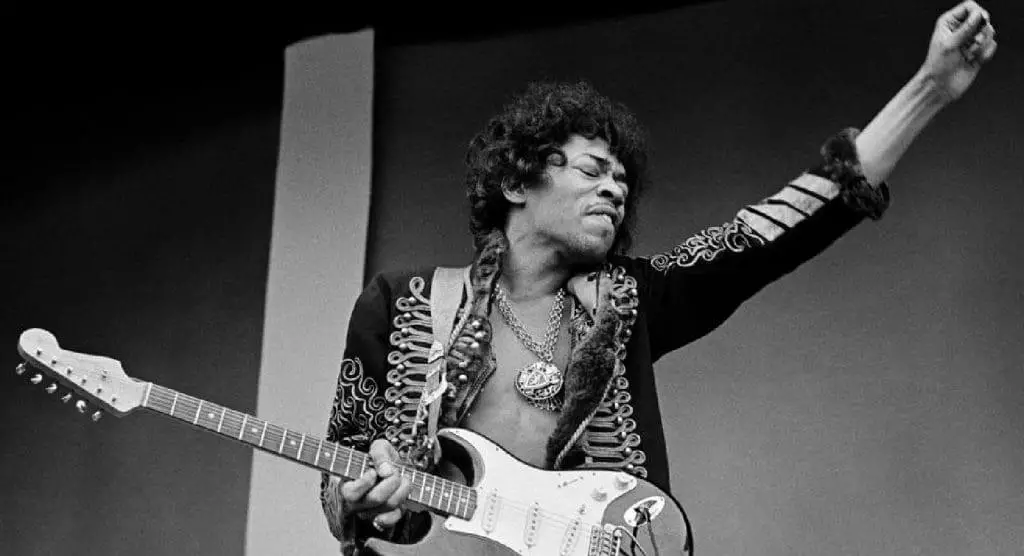
Something that freaked me out big time because I was born in 1983, so I lived in Reagan’s administration, but I didn’t really absorb it so much. The clip in the film where Reagan says, “We’re going to make America great again!” I was like, “HOLY SH*T. This is horrifying.”
Yeah, right. That’s where it all comes from. I will say going through all of Wojnarowicz’s tapes and writings and even the Phil Glickler footage that starts at the loft in the beginning. In approaching this material, and wanting, of course, to get to the heart of what he said about the AIDS crisis at the time, but also really trying to be open and hoping to find things that speak to today, it was not very hard to find these elements of him talking about child separation, and again, one tribe nation, and how the courts and the police are against a part of the population and all these things contributed to that. That was the easy part because once you open up those receptors, it’s like all these things are still happening in different ways.

“…find a way to get your passion in the film…”
Yeah, It’s scary, truly scary. I have a couple more questions here. Which interview experience, if you could break it down to one, was the most interesting for you?
There were so many great things, and I predominantly spent eleven days running all over New York with audio equipment. I would start a day at Kiki Smith’s studio and then go somewhere else in between and then end the day with Nan Goldin. So just that experience, hustling all around and doing that. But Fran Lebowitz, I could listen to all day, every day, for the rest of my life. She was on-topic from the point I met her in the hotel’s lobby where we did the interview, all the way up, and it’s just casual and fun. You know a legendary person.
As are many of these people in Wojnarowicz in their different ways, whether you’re talking about Richard Kern and underground cinema (Richard, if you’re reading this, I love you-LK). Then Nan and Kiki and all the gallerists. There was so much I wish we could’ve put in the film just from Wojnarowicz, but alas, too much to put in. It was just great to talk to everyone. One of the fantastic things is having maybe a third of the film from his perspective and in his voice. There were so many people that Wojnarowicz collaborated with and was part of his orbit at one time or another through the ’80s. I interviewed people who didn’t make it into the film, and it’s unfortunate because they’re all also part of the scene. For all the great interviews in the movie, there are probably dozens of people that Wojnarowicz either made art with or came into contact with that have a great story to tell.
I’m sure I’ve heard a few just out and about in New York. Honestly, I’ll meet people, and they knew him. Finally, if you have any advice for anyone who’s starting as a documentarian, what would you say is a good starting point?
I think it’s finding something that you’re really passionate about, and that’s first and foremost. Find a compelling story that you’re passionate about and find a way to get your passion in the film because it’s not necessarily about following someone around with a camera. Whatever you can do to get your love into that project, and trust your intuition in that regard. Because the things you’re reacting to in a subject is what will make the film work. It’s the best place to focus your efforts.
Wojnarowicz screened at the 2020 DOC NYC film festival.


